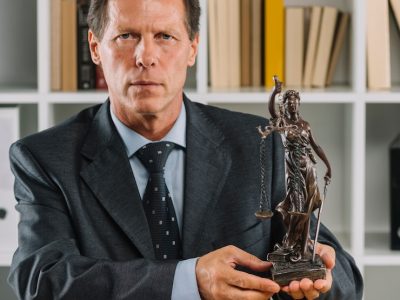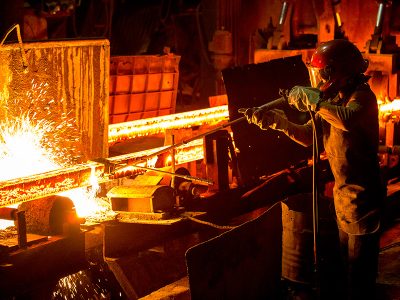Introduction
Beyond its practical applications in construction, crafting, and sports, the hammer has etched its place in the realm of mythology. Across cultures and civilizations, the hammer emerges as a symbol of power, creation, and even destruction. Join us on a journey through the rich tapestry of myths and legends that weave tales of hammers forged in the fires of divine craftsmanship.
Mjölnir: Thor’s Mighty Hammer
Forged in the Heart of a Star
In Norse mythology, Mjölnir, the enchanted hammer of the thunder god Thor, stands as a testament to divine craftsmanship. Forged by the dwarven brothers Sindri and Brokkr, Mjölnir possesses the power to summon lightning and storms. The mythic hammer not only becomes a formidable weapon but also a symbol of protection, with its wielder using it to defend the realms of gods and mortals alike.
The Symbol of Worthiness
Mjölnir transcends its physical form to become a symbol of worthiness. Only those deemed worthy can lift the mighty hammer. This aspect of the myth adds a layer of morality, as characters must prove their integrity and honor to be deemed fit to wield such a powerful tool.
The Hammer of Hephaestus: Crafting Divinity
An Olympian Artisan
In Greek mythology, Hephaestus, the god of fire and craftsmanship, wields a hammer of divine origin. As the blacksmith of the gods, Hephaestus uses his hammer to forge powerful weapons, including the thunderbolts of Zeus. The hammer becomes an extension of the god’s creative prowess, shaping both artifacts and the destiny of gods and mortals.
The Dichotomy of Creation and Destruction
Hephaestus’s hammer embodies the dual nature of creation and destruction. While it crafts majestic items, it also forges weapons of war. This duality mirrors the complexities of life and the choices individuals make in the pursuit of their goals.
Conclusion
The hammer transcends the mundane in the tapestry of mythology, becoming a powerful symbol of divine craftsmanship, protection, and moral worthiness. Whether in the thunderous grip of Thor’s Mjölnir or the skilled hands of Hephaestus, these mythical hammers serve as reminders of the profound impact that a simple tool can have on the collective imagination of cultures throughout history. The echoes of these legendary hammers continue to resonate, weaving threads of meaning and symbolism into the fabric of human storytelling.











Comments